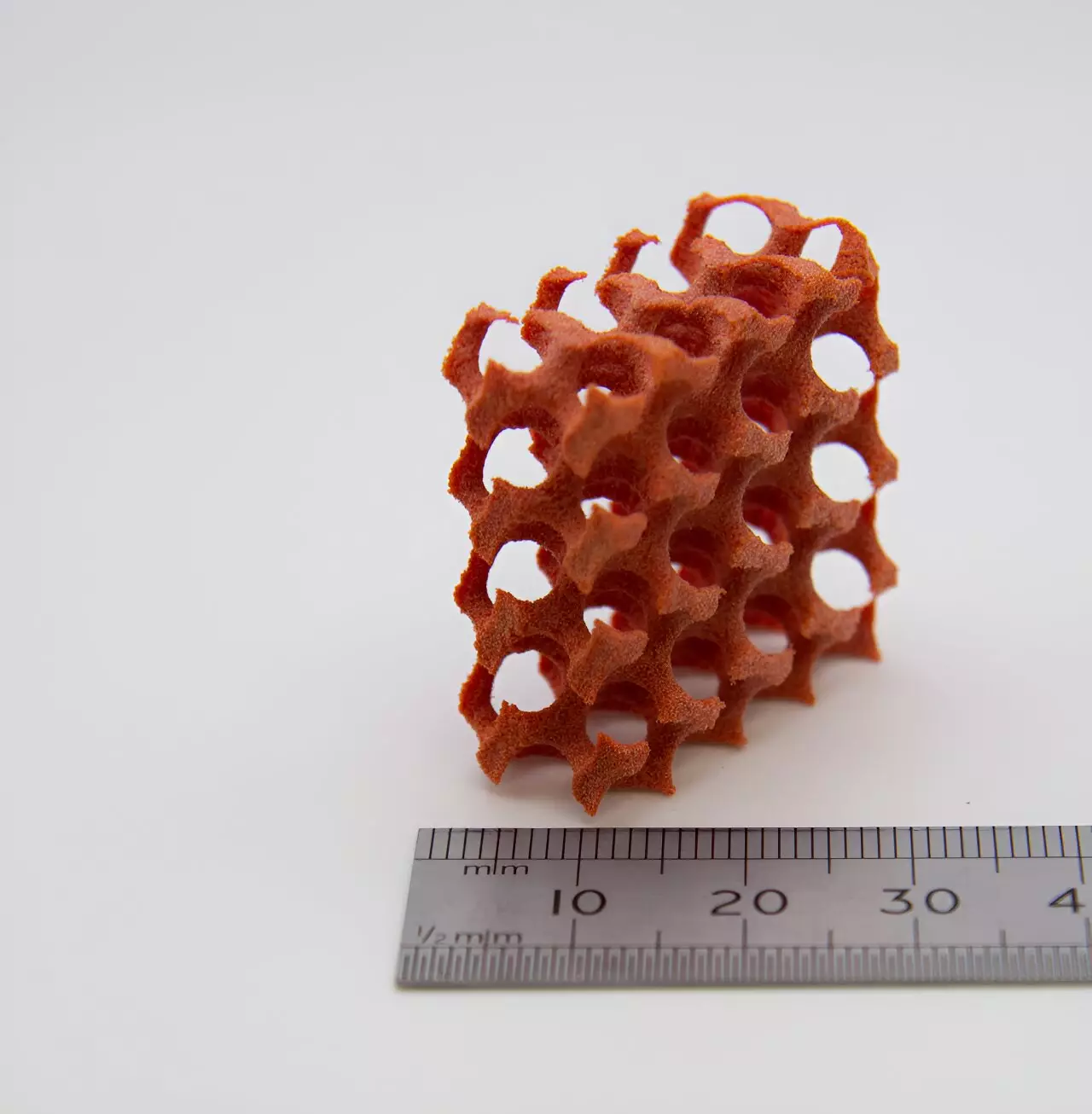The world of 3D printing is constantly evolving, with new innovations and breakthroughs changing the way we manufacture objects. Scientists and engineers are always looking for ways to improve the functionality and efficiency of 3D printing processes. One such advancement comes in the form of a new coating for plastic particles used in 3D printing. This coating has the potential to revolutionize the industry, opening up new possibilities for commercial application.
Researchers from the University of Nottingham have developed a groundbreaking new process using supercritical carbon dioxide to coat PA-12 polymer particles. This process is not only efficient and effective, but also clean, making it a game-changer in the world of 3D printing. The new coatings have been shown to add color as well as anti-mold and anti-fungal properties to the printing process, increasing the functionality of the final printed objects.
One of the major limitations of 3D printing is the lack of material capabilities. The new coating process addresses this issue by providing a wide range of material capabilities without compromising processability. This means that manufacturers now have the option to create bespoke and unique objects with added functionalities such as color and anti-fungal properties. Previously, manufacturers were limited to gray or white powders and had to add color separately, but this new process eliminates that step.
The 3D printing industry faces numerous challenges, with limitations on the functionality of the polymers used being a major issue. By coating the particles with colored shell polymer, researchers have found a simple and effective solution to adding functionality to the printing process. The new colored polymeric powders match the mechanical and thermal properties of the printing polymer, ensuring compatibility with existing commercially deployed machines. This breakthrough not only enhances the capabilities of 3D printing but also addresses issues such as mold and fungal growth in moist environments.
The new shell coating has the potential to revolutionize the use of 3D printed objects in various industries such as automotive and aerospace. Objects made using PA-12 can now be used in moist environments without the risk of mold and fungal growth, expanding the possibilities for their application. This opens up new avenues for the use of 3D printed objects in areas previously deemed inaccessible. As technology continues to advance, the future of 3D printing looks brighter than ever before.
The development of enhanced polymer coatings for plastic particles used in 3D printing represents a significant advancement in the industry. The new process not only increases the functionality and capabilities of 3D printed objects but also addresses key limitations and challenges faced by manufacturers. With this breakthrough, the future of 3D printing looks promising, with endless possibilities for innovation and growth.


Leave a Reply